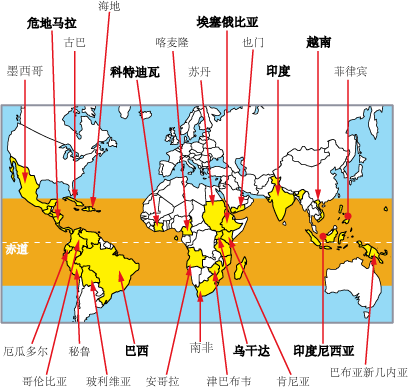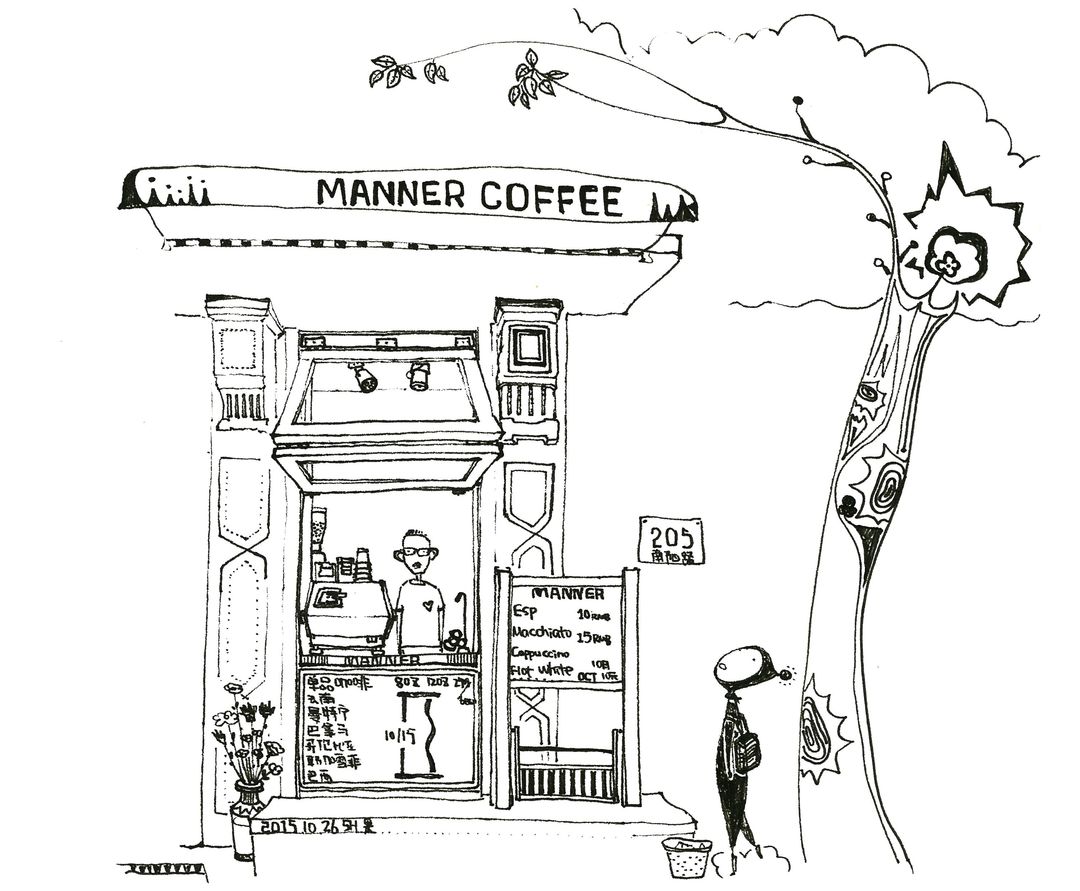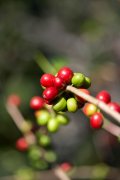Ethiopian coffee producing areas Ethiopian coffee producing areas are Hilda Moharal and Yega Xuefei.
Ethiopia's coffee-producing areas are divided into east and west parts by the Great Rift Valley. Lakes, volcanoes, lowlands, plateaus and woodlands alternate and evolve independently. Ethiopia has the most diverse coffee ecosystem in the world (forest coffee, semi-forest coffee, pastoral coffee and plantation coffee), which also allows it to preserve its rich Arabica genes. The eastern half is mostly plateau, coffee beans taste better, such as yejia sherphine and sidamo, which are popular with bright sour taste, and Hailiar with charming "mixed fragrance"; the western half is covered with large areas of virgin forest, mostly in complete natural evolution, creating more complex coffee varieties, and the coffee varieties in the southwest Kafa forest have strong disease resistance. Due to natural evolution and less artificial selection, its overall flavor is slightly inferior to that of East Banbi.
Ethiopia's coffee producing regions are Sidamo, Harrar and Yirgacheffe. Sidamo and Harrar are provinces and divisions. Sidamo is located in the south of Ethiopia adjacent to Kenya. Harrar borders Somalia in the east of Ethiopia. Although Yirgacheffe is a small area in Sidamo region, due to soil composition and water content, its coffee production is considered to be the best in Ethiopia.
Yerga Sherphine (Yirga Cheffe) grows in the southern Ethiopian plateau at an altitude of 5700-7800 feet, located in the northwest of Sidamo Province, Abaya Lake area, usually sweet obviously, but also more popular than most people, an annual output of about 225000bags/60kg, beans are smaller than Longberry, green with gray color, mostly washed; In the washing plant, coffee fruit after harvest, fermentation in a tank filled with water, workers use a simple wooden rake stirring, in order to facilitate the smooth cleaning, washing plant always has a pungent fruit acid fermentation smell, and the sound of fruit collision with each other in the tank, fruit thick soft, directly shelled and washed, leaving only sheepskin coated fruit, fruit after the final washing, directly dried outside the washing plant. Flavors similar to lemon and citrus complex, taste viscosity excellent, complex flavor, mostly exported as G 2, suitable for medium baked single. A small town in eastern Egypt, 1800 - 2000m above sea level, the old saying "Yirga" means "settle down" and "Cheffe" means "wetland." Yerga Sherphine is attached to the Sidamo region and is loved by fine coffee lovers around the world for its unique jasmine fragrance and citrus acid. This special taste is also known as "Yerga Sherphine" flavor. According to the defect rate of raw beans, yejia sherphine can be divided into G1~G5 grades from good to bad. Generally, it is washed with water, but there are also a small number of rare beans deliberately treated with sunlight to enhance the charming fruity flavor and body.

Important Notice :
前街咖啡 FrontStreet Coffee has moved to new addredd:
FrontStreet Coffee Address: 315,Donghua East Road,GuangZhou
Tel:020 38364473
- Prev

The latest coffee news Shanghai Nanyang Road now 2 square meters boutique coffee shop hopes to promote the window store model
Shanghai Nanyang Road is only a few hundred meters long, surrounded by two large office buildings Henglong Plaza (special reading) (related practical information) and Donghai SOHO (special reading), but there are nearly 10 independent boutique coffee shops on this road, one of which is only 2 square meters, called MannerCaf. Around two or three o'clock in the afternoon, this window-style take-away coffee shop often lines up, except for the door.
- Next

Indonesian coffee bean variety coffee extraction coffee network coffee bean price
Varieties of coffee cherries: Arabella species, Libiga species, Romsda varieties of coffee beans: blue Mountain, Mocha, Brazil, Santos, Colombia, Mantra, Guatemala, Romsda Coffee Tree is a small shrub growing in the tropical highlands, its fruit is red or yellow, and the seeds inside are what we call coffee beans. At present, about 66 countries around the world grow coffee.
Related
- Does Rose Summer choose Blue, Green or Red? Detailed explanation of Rose Summer Coffee plots and Classification in Panamanian Jade Manor
- What is the difference between the origin, producing area, processing plant, cooperative and manor of coffee beans?
- How fine does the espresso powder fit? how to grind the espresso?
- Sca coffee roasting degree color card coffee roasting degree 8 roasting color values what do you mean?
- The practice of lattes: how to make lattes at home
- Introduction to Indonesian Fine Coffee beans-- Java Coffee producing area of Indonesian Arabica Coffee
- How much will the flavor of light and medium roasted rose summer be expressed? What baking level is rose summer suitable for?
- Introduction to the characteristics of washing, sun-drying or wet-planing coffee commonly used in Mantenin, Indonesia
- Price characteristics of Arabica Coffee Bean Starbucks introduction to Manning Coffee Bean Taste producing area Variety Manor
- What is the authentic Yega flavor? What are the flavor characteristics of the really excellent Yejasuffi coffee beans?

